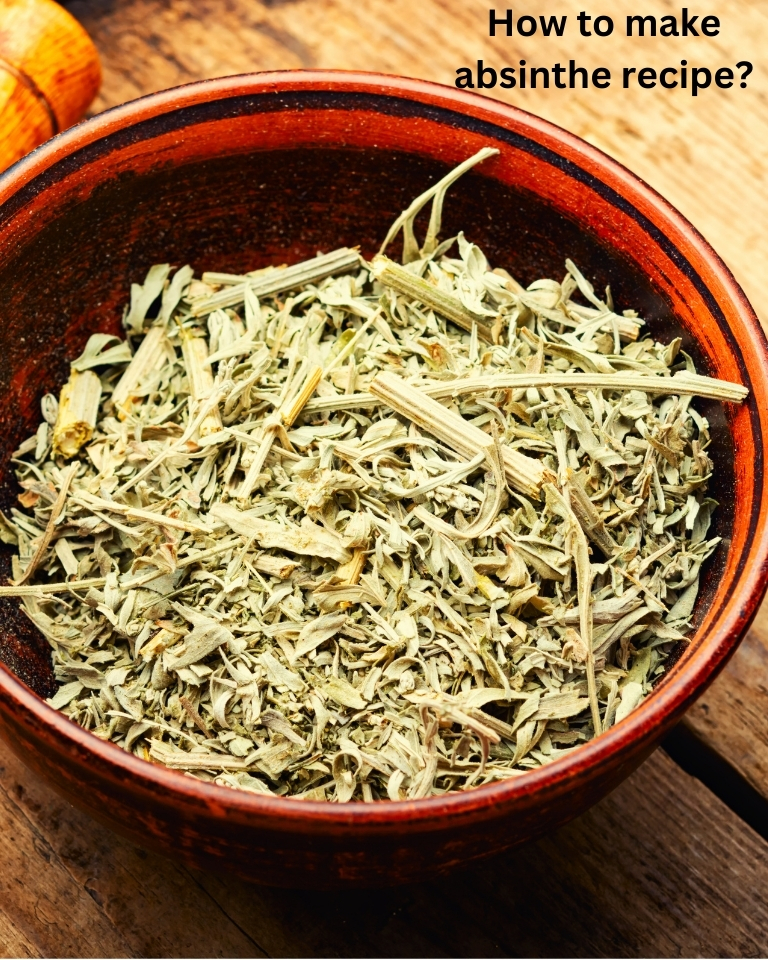Absinthe, the enigmatic elixir that has captured the imagination of artists, writers, and connoisseurs for centuries, holds a mystique like no other. Its storied history and complex flavor profile make it a fascinating spirit to explore. If you’re eager to embark on a journey into the world of absinthe, crafting your own recipe is a thrilling endeavor. Here’s how to master the art of creating absinthe from scratch.
Understanding the Essentials: Key Ingredients and Equipment
Before delving into the intricate process of making absinthe, it’s crucial to gather the necessary ingredients and equipment. The foundation of any great absinthe lies in the quality of its components. You’ll need:
- Botanicals: Traditional absinthe is infused with a blend of botanicals, including grand wormwood, green anise, and sweet fennel. These herbs impart the signature flavor and aroma that define absinthe.
- High-Proof Alcohol: Opt for a neutral, high-proof spirit such as vodka or Everclear to serve as the base for your absinthe. The potency of the alcohol is essential for extracting the flavors from the botanicals.
- Distillation Apparatus: A copper still or alembic pot is ideal for distilling absinthe, allowing for precise control over the distillation process and the removal of impurities.
The Crafting Process: Step-by-Step Guide
- Maceration: Begin by macerating the selected botanicals in your base alcohol. This involves steeping the herbs in the alcohol for a period of time to extract their flavors and essential oils. The duration of maceration can vary depending on personal preference, but a common timeframe is two to four weeks.
- Distillation: Once the maceration process is complete, it’s time to distill the infused alcohol. Transfer the macerated mixture to your distillation apparatus and heat it gently. As the liquid evaporates and condenses, the flavors of the botanicals will concentrate, resulting in a vibrant and aromatic distillate.
- Louche Formation: After distillation, absinthe undergoes a unique phenomenon known as louche formation when mixed with water. This cloudy transformation occurs as the essential oils in the absinthe emulsify, releasing the spirit’s full flavor and aroma.
- Dilution and Bottling: To enjoy your homemade absinthe, dilute the distilled spirit with chilled water to achieve your desired strength. The traditional ratio is typically one part absinthe to three to five parts water. Once diluted, bottle the absinthe and allow it to rest for a few days to allow the flavors to meld and mellow.
Embracing Tradition with a Personal Twist
While mastering the classic absinthe recipe is a rewarding achievement, don’t hesitate to experiment and put your own spin on this iconic spirit. Whether infusing additional botanicals for a unique flavor profile or incorporating modern techniques, the possibilities are endless. Remember, the art of absinthe making is as much about creativity as it is about tradition.
Conclusion
Crafting your own absinthe recipe is a captivating journey that combines artistry, tradition, and experimentation. By understanding the fundamentals of absinthe production and embracing your creativity, you can unlock the secrets of this storied spirit and embark on a sensory adventure like no other. So, gather your ingredients, fire up the still, and prepare to savor the allure of homemade absinthe. Cheers to the art of distillation and the joy of crafting spirits that inspire imagination and delight the senses.

